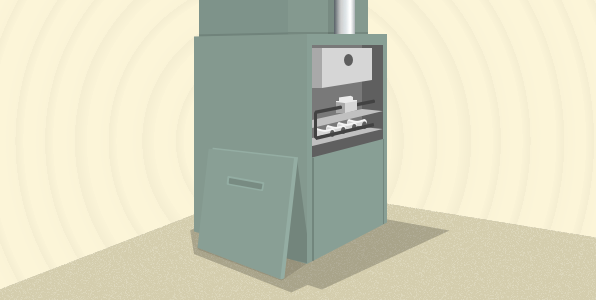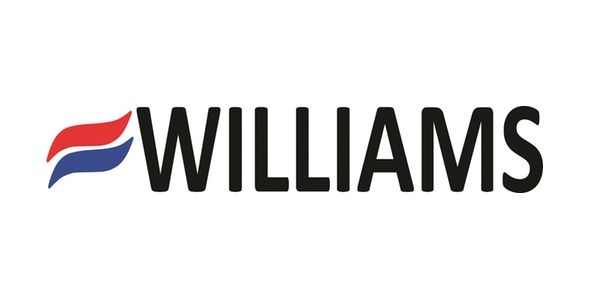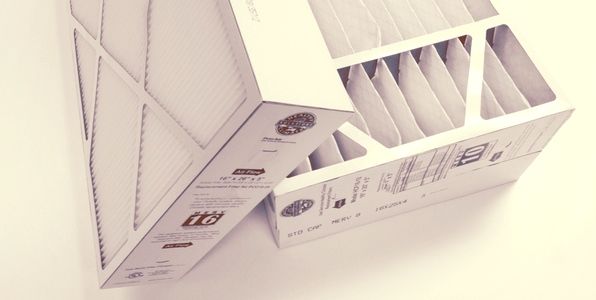5 Signs of an Oversized Furnace and What to Do About It
Signs of an Oversized Furnace
As the cold — or here in San Diego, cold-ish — season approaches, it’s important to make sure that your home’s furnace is optimized for running efficiently. Did you know that the size of your furnace actually plays a crucial role in whether it operates well? Read below to learn about the most common signs of an oversized furnace and how you can minimize negative effects.
Note: we’ve talked about this before, but it’s worth noting again that a proper furnace installation is crucial. This is not an area to DIY! Furnaces are among the most expensive items in your home and it can be costly to mitigate any issues arising from poor or improper installation.
If you’ve been living with an oversized furnace, you may have accepted your home’s heating and cooling quirks as just that. Over time, however, small issues may contribute to larger and more costly problems. To evaluate whether your home’s furnace is too large for the amount of square footage you have, take the following signs into consideration.
Uncomfortable Room Temperatures
Do you ever walk into a room and feel a burst of uncomfortably hot air? When you notice certain vents blasting heat when others are not, this could be a symptom of an oversized furnace. This problem occurs because the heat output is more than your home actually needs.
As a result of this problem, your home may never be able to stay at a consistent or comfortable temperature. The furnace’s uneven cycling can cause extreme heat in certain areas, while others stay uncomfortably chilly. Not only does this affect how your home feels, but it also has an impact on the ability of your thermostat to effectively control room temperature the way it should.
Short Run Cycles
Have you noticed that your furnace seems to turn on and off relatively quickly? If you’ve ever experienced 10-15 minute bursts of run time, this could indicate an oversized unit. Although it may seem normal, shortened cycles may mean that the furnace is not operating efficiently and is using more energy than it should be.
Expensive Operating Costs
Because a furnace uses most of its energy to start and heat up, the pattern of short cycles mentioned above means that the unit must use more energy at a greater frequency. As a result of this continual “startup mode,” your energy bills may be significantly higher than they would be if the unit ran consistently.
If you’re paying more to heat your home than what you would expect to pay based on square footage, it may be time to explore whether you have the right size furnace installed.
Excessive Noise
Have you noticed more noise than usual when your furnace cranks up? Although some clamor is to be expected as air flows through the vents, a lot of noise is cause for concern. If your furnace is circulating more air than your ducts are designed to handle, you can expect to hear more noise during operation; this can actually signal a need to have both your furnace and your air ducts inspected for proper size.
Shortened Equipment Lifespan
The issues mentioned above, such as shortened run times and greater energy use, inevitably take a toll on equipment. If your furnace is running too many shortened cycles because it is improperly sized, components like the igniter and gas control valve may give out sooner than they otherwise would. In the end, this results in more service calls and more part replacement. Your unit may even completely give out before it was designed to.
What Can Be Done?
To prevent having an oversized furnace in your home, it may be beneficial to explore the following factors to determine your home’s true heating load calculation:
- Daytime heat increase throughout the house
- The type and level of insulation
- The number and quality of doors and windows
- The number and size of various rooms
- The number of people occupying the home
Contact Bob Jenson
If you suspect that your furnace is improperly sized based on your home’s square footage or heating load, contact the Bob Jenson Air Conditioning and Heating team. A consultation can help answer questions you may have about your furnace’s size or efficiency, as well as provide an opportunity for routine furnace maintenance.



